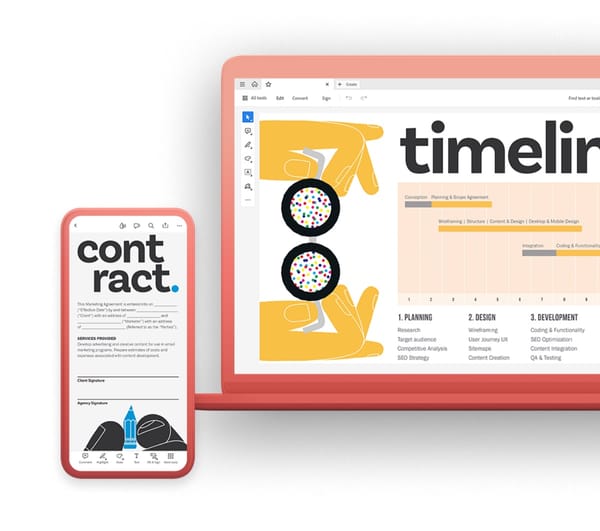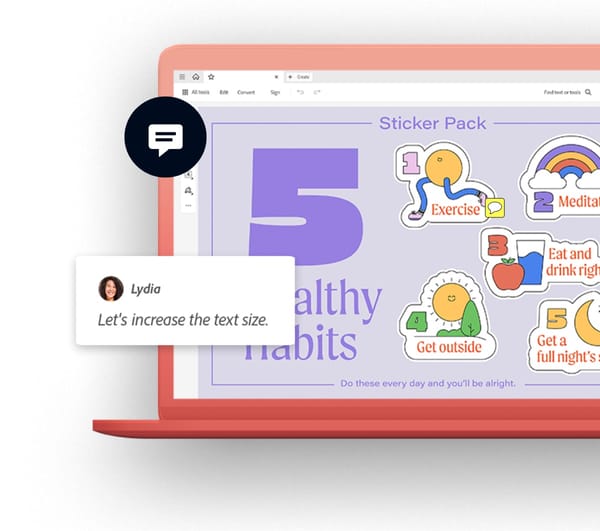Hush, Little Breath: Eliminating Breath Sounds in Adobe Audition
The quest for pristine audio often encounters a pesky adversary: breath sounds. Whether it's a noticeable gasp in a podcast interview or a distracting sigh within a voiceover, these unwanted puffs can disrupt the listening experience. Fear not, audio warriors! Adobe Audition offers a toolbox to silence these sonic exhalations and achieve smooth, professional-sounding audio. This guide explores three effective methods, catering to different breath characteristics and skill levels:
Method 1: Spectral Editing - For the Detail-Oriented Detective
For distinct, isolated breaths, spectral editing empowers you with microscopic precision. Imagine the audio as a visual representation of frequencies over time (spectrogram). Zoom in and identify the breath's unique frequency signature, often appearing as short, transient bursts. Utilize the Eraser Tool to meticulously paint over these regions, surgically removing the breath while preserving the surrounding audio. Think of it as sonic forensics, analyzing the audio fingerprint to erase specific breath patterns. This method demands a keen ear and steady hand, but yields impressive results for skilled users and short sections.
Method 2: Noise Reduction - The AI-Powered Ally
For consistent, low-level breaths woven into the audio, Noise Reduction becomes your friend. This effect analyzes the audio and attempts to create a profile of the breath noise, capturing its spectral characteristics. Once captured, the effect subtracts this profile from the entire audio, effectively reducing the presence of breaths without harming the desired content. Imagine it as an intelligent noise-canceling system, learning and adapting to silence the specific breath patterns in your recording. While not perfect for eliminating very prominent breaths, this method offers speed and effectiveness for common scenarios.
Method 3: Auto Gate - The Automation Maestro
For frequent, predictable breaths, Auto Gate automates the silencing process. This effect acts like a gatekeeper, opening only when the audio level exceeds a predefined threshold (typically set slightly above the level of normal speech). During breaths, which dip below the threshold, the gate closes, effectively muting the unwanted sound. Imagine it as an automatic doorman, letting the desired speech flow through while blocking out the quieter breaths. This method works best for consistent breath patterns and requires adjusting the threshold for optimal results.
Pro Tips for Breath-Free Bliss
- Identify the Breath: Understanding the frequency range and duration of the breaths helps choose the right approach.
- Start Subtle: Begin with minimal adjustments in each tool, gradually increasing the effect until you achieve the desired balance.
- Isolating Speech: If possible, isolate the speech sections before applying breath removal techniques to minimize impact on the desired audio.
- Embrace Manual Finesse: Even with AI-powered tools, manual adjustments are key. Use fades and level adjustments to smooth transitions and ensure natural-sounding audio.
- Experiment with EQ: After applying tools, consider using a Parametric EQ to further attenuate specific frequency ranges where breath remnants might reside.
- Practice Makes Perfect: The more you experiment with these techniques, the better you'll understand their nuances and achieve optimal results.
Remember, removing breath sounds requires an understanding of the specific breaths and patience with experimentation. With Adobe Audition's toolkit and a touch of practice, you can silence those unwanted puffs of air and elevate your audio to a new level of clarity and professionalism.


